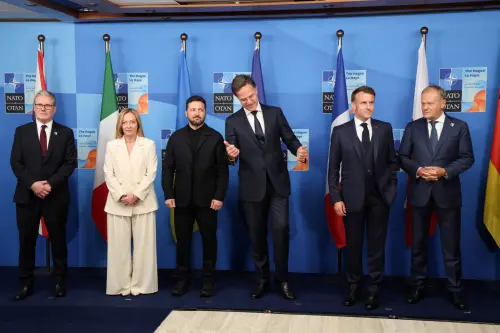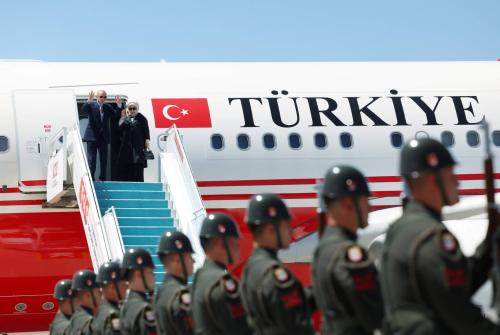SUMMARY
The Six-Party Talks on North Korea’s nuclear weapons program could rank in importance with the creation of the Organization for Security and Cooperation in Europe if two things happen: North Korea makes a strategic decision to terminate its nuclear weapons program and destroy any nuclear weapons in its possession; and all the governments involved opt for transformational agreements, as opposed to preserving the status quo in Northeast Asia. Three interrelated elements bear on bringing peace to divided Korea: an agreement to end the armistice agreement, a larger cluster of agreements that create conditions for enduring peace in Korea, and a regional framework that provides a mechanism for resolving conflicts and promoting peace in a region where divided Korea is not the only bitter residue of the past. Thus, the future security architecture of Northeast Asia will have at its core the Korean Peninsula legally at peace after six decades, that peace supported by a set of cooperative understandings mainly between South and North Korea comprising a “peace regime,” all embedded in a multilateral mechanism for promoting peace and security in Northeast Asia.
A mechanism for peace and security could evolve from the Six-Party Talks, through the meeting of foreign ministers envisaged in the Feb. 13, 2007 statement. Their agenda would include political and security issues, economic and scientific issues, and human dimension issues. Establishing multilateral ministerial meetings to focus on a broad range of issues, including the human dimension, could enhance progress in these areas and the prospect for long-term stability on the Korean Peninsula and elsewhere in Northeast Asia. The agenda for institutionalized foreign ministers meetings would have its counterpart in a charter for a mechanism for peace and security in Northeast Asia. That charter could include agreements not to use or threaten force in the mutual relations of its members; to enhance transparency in military affairs; to cooperate in developing the energy and transportation infrastructure in Northeast Asia; to work for the improvement of human welfare everywhere; to develop cultural and historical awareness; to encourage the freer movement of people, information, and ideas across borders; and to promote adherence to international human rights standards. Critical to the success of the mechanism for peace and security would be provisions in the mandate for follow-up.
The outlook for the Peninsula is far from bleak. The Bush administration seems to be assigning a high priority to resolving many of the tough issues related to Korea and Northeast Asia before leaving office. North and South Koreans are continuing to work harmoniously together. China, Japan, and Russia all have reasons – not necessarily the same – for wanting progress. But top-level leadership in all countries will be required if 2008 is to see significant progress toward a new system for peace and security in Northeast Asia.
The Brookings Institution is committed to quality, independence, and impact.
We are supported by a diverse array of funders. In line with our values and policies, each Brookings publication represents the sole views of its author(s).



Commentary
The Emerging Architecture for Security and Cooperation in Northeast Asia
March 31, 2008